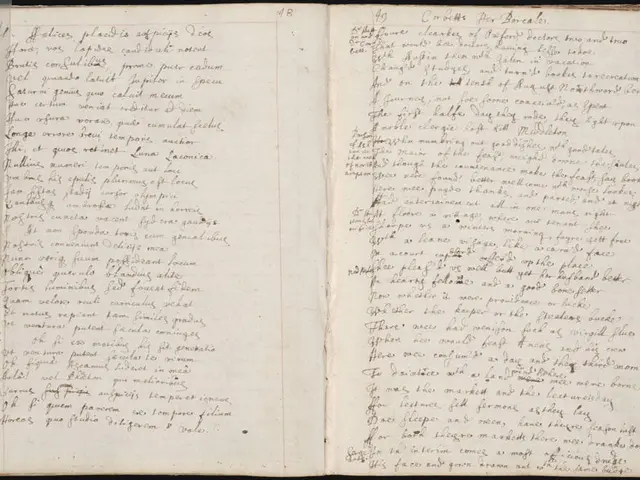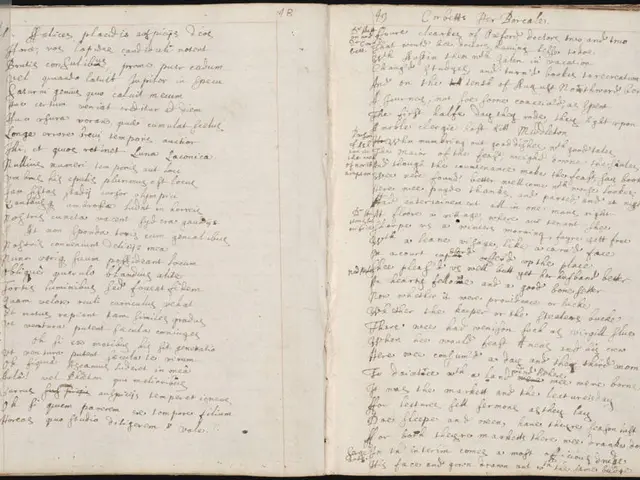GCD, HCF, and LCM - Explanation, Formula, Abbreviations, Illustrations
In the realm of mathematics, two essential concepts often encountered are the Highest Common Factor (HCF) and the Lowest Common Multiple (LCM). These terms, though seemingly similar, serve unique purposes and are used in various mathematical problems.
The Highest Common Factor, also known as the Greatest Common Divisor, is the largest positive integer that divides two or more numbers exactly without leaving a remainder. In other words, it is the greatest number that can be shared by the given numbers without any remainder.
On the other hand, the Lowest Common Multiple is the smallest positive integer that is exactly divisible by two or more numbers. It is the smallest number that can be formed by multiplying the given numbers.
The HCF is used to find the greatest factor common to given numbers, often helpful in simplifying fractions, dividing things into smaller sections, or solving problems involving factors and divisibility. Conversely, the LCM is used to find the smallest multiple common to given numbers, useful for problems involving synchronized events, grouping, or adding/subtracting fractions with different denominators.
There are several methods to calculate HCF and LCM, including the basic method, using prime factorization, and employing a formula for two numbers. The basic method involves listing factors or multiples of the given numbers, identifying common factors or multiples, and choosing the largest common factor or the smallest common multiple, respectively.
Using prime factorization, one finds all prime factors of each number, takes the product of the common prime factors with the smallest powers for HCF, and the product of all prime factors with the highest powers for LCM.
For two numbers A and B, the formula method states that LCM(A, B) × HCF(A, B) = A × B. Therefore, HCF(A, B) = A × B / LCM(A, B).
For example, for the numbers 12 and 18, the HCF is 6 (since the common factors are 1, 2, 3, 6, and the largest common factor is 6) and the LCM is 36 (since the common multiples are 36, 72, and the smallest common multiple is 36).
In summary, HCF finds the greatest common divisor, while LCM finds the least common multiple. These are fundamental tools in arithmetic and number theory with interconnected calculation methods.
Learning math involves understanding the Highest Common Factor (HCF) and the Lowest Common Multiple (LCM), which are essential concepts in education-and-self-development. The HCF is used to find the greatest factor common to given numbers, while the LCM is employed to find the smallest multiple common to given numbers.




